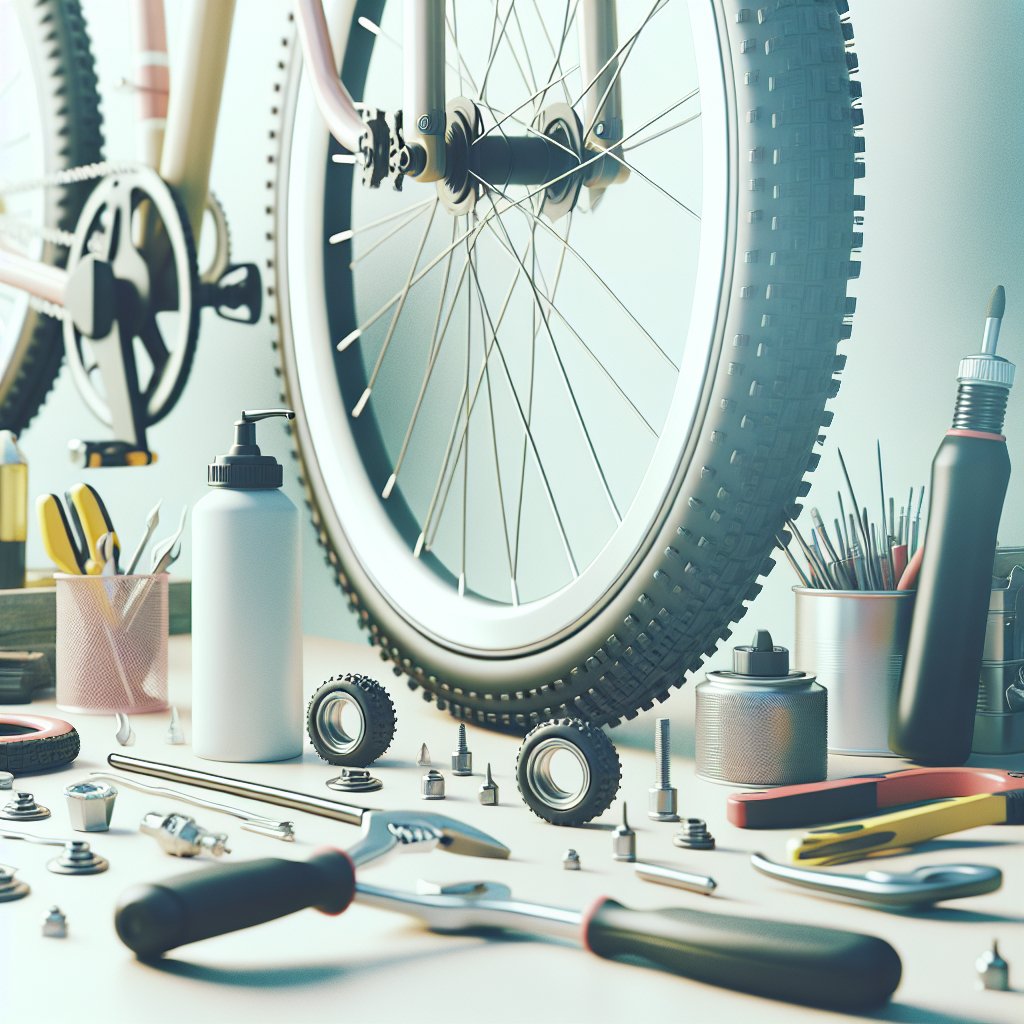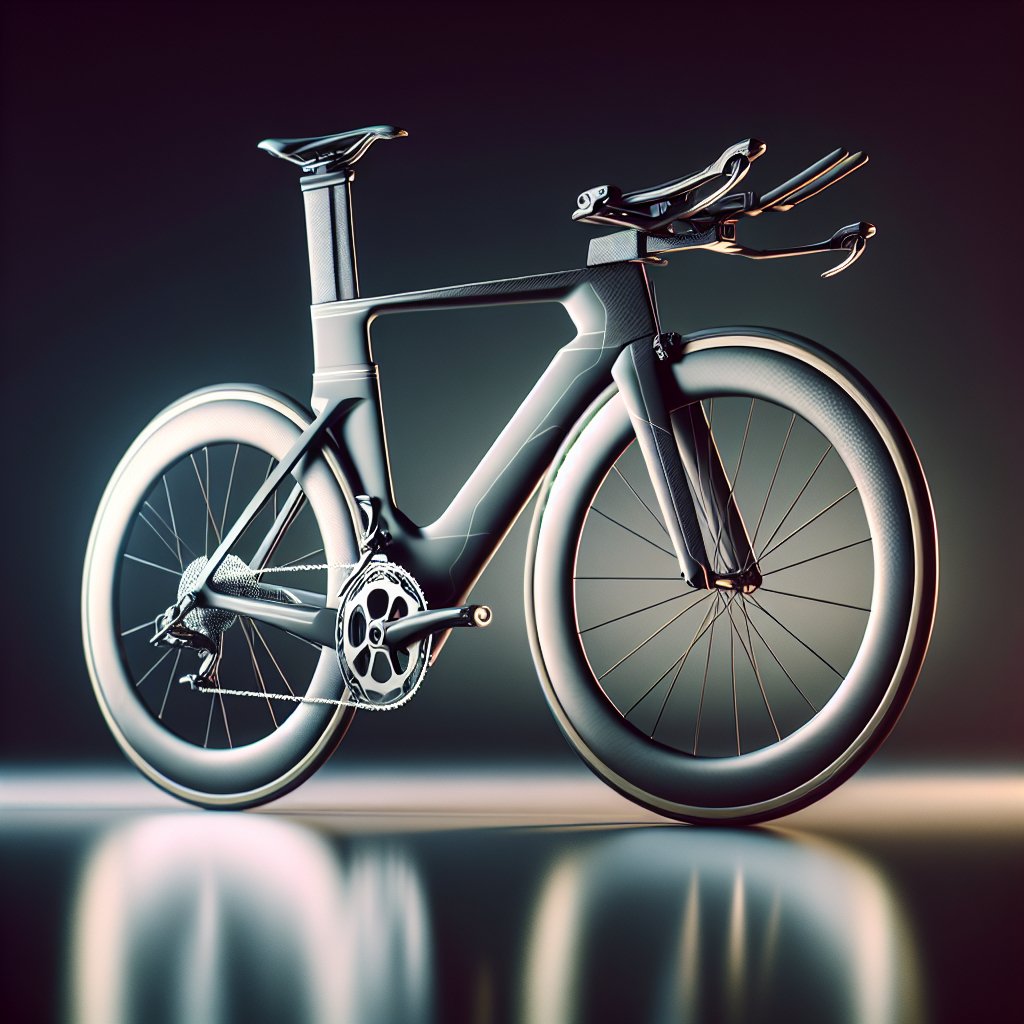Preventing punctures is a crucial aspect of tire care and maintenance for any cyclist. Whether you’re a casual rider or a seasoned professional, understanding how to properly maintain your tires can save you from the frustration and inconvenience of unexpected flats.
Understanding Tire Anatomy and Common Causes of Punctures
Before diving into the specifics of tire care, it’s essential to understand the basic anatomy of a bicycle tire and the common causes of punctures. Bicycle tires are composed of several layers, including the tread, casing, and inner tube. Each of these components plays a vital role in the tire’s overall performance and durability.
The Tread
The tread is the outermost layer of the tire that comes into direct contact with the road. It is designed to provide traction and protect the inner layers from damage. The tread can vary in thickness and pattern, depending on the type of riding the tire is intended for. For example, mountain bike tires typically have a more aggressive tread pattern to handle rough terrain, while road bike tires have a smoother tread for reduced rolling resistance.
The Casing
The casing is the structural backbone of the tire, providing support and shape. It is usually made of woven fabric, such as nylon or polyester, and is coated with rubber to enhance durability. The casing’s thread count, measured in threads per inch (TPI), can affect the tire’s performance. Higher TPI tires are generally more supple and provide a smoother ride, while lower TPI tires are more robust and resistant to punctures.
The Inner Tube
The inner tube is a separate, inflatable component that sits inside the tire casing. It holds the air pressure and provides cushioning. Punctures often occur when sharp objects penetrate the tread and casing, reaching the inner tube and causing it to deflate.
Common Causes of Punctures
Punctures can be caused by various factors, including:
- Sharp Objects: Nails, glass shards, and thorns can easily penetrate the tire’s tread and casing, puncturing the inner tube.
- Pinch Flats: Also known as “snake bites,” pinch flats occur when the tire is compressed against the rim, causing the inner tube to be pinched and punctured. This often happens when riding over curbs or potholes with insufficient tire pressure.
- Wear and Tear: Over time, the tread and casing can become worn, making the tire more susceptible to punctures. Regularly inspecting your tires for signs of wear is crucial for preventing flats.
- Improper Installation: Incorrectly installed tires or inner tubes can lead to punctures. Ensuring that the tire and tube are seated correctly on the rim is essential for avoiding flats.
Tips for Preventing Punctures
Now that we have a better understanding of tire anatomy and common causes of punctures, let’s explore some practical tips for preventing flats and maintaining your tires.
Regular Inspections
One of the simplest yet most effective ways to prevent punctures is to regularly inspect your tires for signs of wear and damage. Look for cuts, cracks, or embedded debris in the tread. If you notice any significant damage, consider replacing the tire to avoid potential flats.
Maintain Proper Tire Pressure
Maintaining the correct tire pressure is crucial for preventing punctures and ensuring a smooth ride. Under-inflated tires are more prone to pinch flats, while over-inflated tires can be more susceptible to sharp objects. Check your tire pressure regularly using a reliable gauge and inflate your tires to the manufacturer’s recommended pressure, which is usually indicated on the sidewall of the tire.
Use Puncture-Resistant Tires
If you frequently ride in areas with a high risk of punctures, consider investing in puncture-resistant tires. These tires are designed with additional layers of protection, such as Kevlar belts or thicker casings, to reduce the likelihood of flats. While they may be slightly heavier and more expensive than standard tires, the added peace of mind can be well worth the investment.
Install Tire Liners
Tire liners are another effective way to prevent punctures. These thin, protective strips are placed between the tire and inner tube, providing an additional barrier against sharp objects. Tire liners are relatively inexpensive and can significantly reduce the risk of flats, especially when combined with puncture-resistant tires.
Use Sealant
Tire sealant is a liquid solution that can be added to the inner tube or tubeless tire to seal small punctures as they occur. The sealant works by filling the puncture with a rubber-like substance, preventing air from escaping. While sealant is not a foolproof solution, it can be a valuable tool for reducing the frequency of flats, particularly for tubeless setups.
Practice Proper Riding Techniques
Your riding technique can also play a role in preventing punctures. Avoid riding over sharp objects, such as glass or metal debris, whenever possible. When navigating rough terrain, try to distribute your weight evenly and use a smooth, controlled riding style to minimize the risk of pinch flats. Additionally, be cautious when riding over curbs or potholes, and consider dismounting and walking your bike if the obstacle is particularly challenging.
Maintaining Your Tires for Longevity
In addition to preventing punctures, proper tire maintenance is essential for extending the lifespan of your tires and ensuring optimal performance. Here are some key maintenance practices to keep in mind:
Rotate Your Tires
Just like with car tires, rotating your bicycle tires can help distribute wear more evenly and extend their lifespan. Front and rear tires often wear at different rates, with the rear tire typically experiencing more wear due to the additional weight and power applied during pedaling. By periodically swapping the front and rear tires, you can ensure more uniform wear and get the most out of your tires.
Clean Your Tires Regularly
Keeping your tires clean is an important aspect of maintenance. Dirt, grime, and debris can accumulate on the tread and casing, potentially leading to increased wear and a higher risk of punctures. Use a soft brush and mild soap to clean your tires regularly, paying close attention to the tread and sidewalls. Avoid using harsh chemicals or abrasive materials, as these can damage the rubber and reduce the tire’s lifespan.
Check for Proper Alignment
Ensuring that your tires are properly aligned is crucial for preventing uneven wear and maintaining optimal performance. Misaligned tires can cause excessive wear on one side of the tread, increasing the risk of punctures and reducing the tire’s lifespan. Regularly check the alignment of your tires and make any necessary adjustments to keep them running smoothly.
Store Your Bike Properly
Proper storage is essential for maintaining the condition of your tires. When not in use, store your bike in a cool, dry place away from direct sunlight and extreme temperatures. Prolonged exposure to UV rays and heat can cause the rubber to deteriorate, leading to cracks and reduced durability. If possible, store your bike with the tires off the ground to prevent flat spots from developing.
Replace Worn Tires
No matter how well you maintain your tires, they will eventually wear out and need to be replaced. Regularly inspect your tires for signs of significant wear, such as bald spots, deep cuts, or exposed casing. If you notice any of these issues, it’s time to invest in a new set of tires. Riding on worn tires not only increases the risk of punctures but can also compromise your safety and overall riding experience.
Conclusion
Preventing punctures and maintaining your bicycle tires are essential aspects of ensuring a smooth, enjoyable, and safe riding experience. By understanding the anatomy of your tires, recognizing common causes of punctures, and implementing practical tips for tire care, you can significantly reduce the likelihood of flats and extend the lifespan of your tires. Regular inspections, proper tire pressure, the use of puncture-resistant tires and liners, and good riding techniques are all key components of effective tire maintenance. Additionally, practicing proper maintenance habits, such as rotating your tires, keeping them clean, checking for alignment, and storing your bike correctly, will help you get the most out of your tires and enhance your overall cycling experience.
By taking the time to care for your tires, you can enjoy more miles of trouble-free riding and focus on the joy and freedom that cycling brings. So, gear up, hit the road, and ride with confidence, knowing that your tires are well-maintained and ready to tackle any adventure that comes your way.



